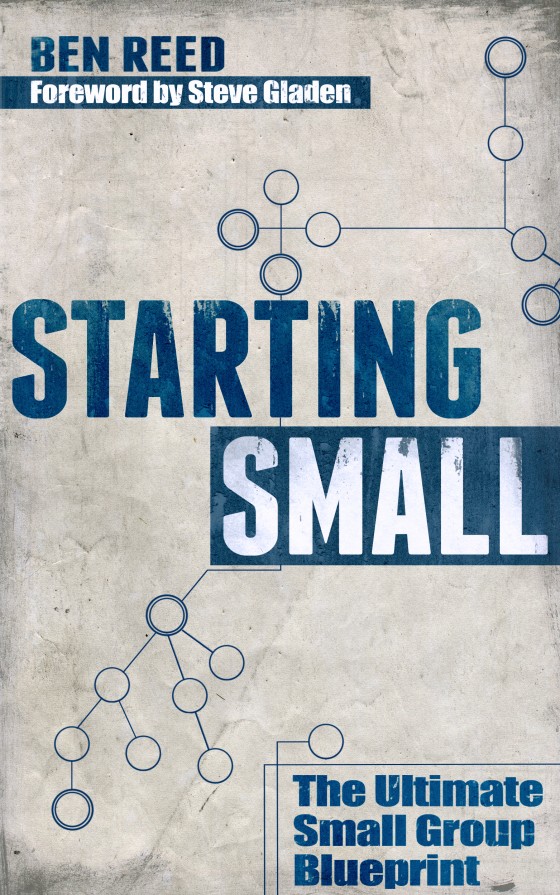I attended the ReGroup conference at North Point this year. I decided to post some of the notes. To see all of them, click HERE.
Andy Stanley kicked the conference off in his opening session.
He started off by saying
Your greatest investment in the local church may be in preparing the way for your child or grandchild. – Andy Stanley
He also dropped this jewel
The best thing you can do for your church is develop a groups strategy. – Andy Stanley
8 Lessons why Circles are Better than Rows
A groups model frees adults to serve on the weekend. Sunday school is a system that doesn’t allow everyone to experience groups. I you’re serving, you can’t ge in a group. Now they want people to worship for an hour and serve for an hour.
1. A groups model provides an opportunity for everyone to participate in a group…even the staff.
If you are really committed to spiritual formation, you’ve got to have a system that allows everybody to participate. Vision/selling point: we want everyone to grow spiritually. We want everybody to be in circles, not just rows.
2. A groups model provides the optimal environment for care.
Relational care is far superior to pastoral care. Te most difficult situations are the ones where people are not connected. If you have a pastoral care problem in your church, the answer is not that you need more staff. You need more groups. Groups also allow students to serve younger students.
A groups model is a growth engine for the weekend services. The problem with on campus groups is that you have to basically double the size of your campus.
3. Groups allows you to double your capacity.
It’s easier to invite people to one hour programming than 2+ hours. 1 hour programming allows you to use a smaller facility to reach more people.
4. A groups model is far less expensive than an on campus classroom model.
When you do small groups in homes, you never run out of parking or space. Paying for babysitters is much cheaper than building a building. Not spending money on a building also allows you to spend resources on hiring staff, not paying for a building.
5. A groups model is a growth engine for connecting people.
With on-campus groups, you often find yourself not wanting to build a building big enough to connect that many people. And they won’t come because you don’t have anything for them. And the cycle continues.
6. A groups model allows us to deliver message content and critical information beyond rows and into circles.
This gives the chance to give content that you can’t deliver on Sunday morning. North Point calls this the ‘insider edition’ and they put it online and on DVDs they give to groups.
7. A groups model is a catalyst for identifying, enlisting, and developing leaders.
In the classroom model, teachers surface quickly. In groups, leaders surface quickly, because every group needs a leader.* If you care for people, you care for people.
The true Church is never facility dependent. And neither is it preacher dependent. Small groups open up tremendous opportunities to lead people to Jesus.
*25% of North Point staff served as an adult group leader before being hired.



Pingback: CIRCLES are BETTER than ROWS – Pastor Adam’s Blog()